Welcome to another exciting edition of The Marvel Rundown on the Comics Beat! This week, journalist Spencer Ackerman debuts his much anticipated run on Iron Man alongside artist Julius Ohta. And we’ve got a review of that issue for our main feature! But stick around for the usual installment of our Rapid Rundown, where the Beat’s Marvel team has reviews for X-Men #6, Spider-Boy #12, and Avengers #19.
 IRON MAN #1
IRON MAN #1
Writer: Spencer Ackerman
Artist: Julius Ohta
Colorist: Alex Sinclair
Letterer: VC’s Joe Caramagna
Cover: Yasmine Putri
Spencer Ackerman and Julius Ohta’s Iron Man is one of the strongest first issues of a superhero comic I’ve read in some time. Ackerman, a journalist focused on national security, brings formidable abilities as a storyteller in what is only his second comic book series and first as a solo writer. Ackerman’s reporting is mostly considered left-wing, anti militarist, and skeptical of institutional power of all kinds. Those politics are not overtly on the page but perfectly suited for Tony Stark, a man at odds with his own history and complicity in war. The character, both within the text and without, has had a complicated relationship to the violence inherent in the superhero universe and what it represents. Iron Man’s publication and multimedia history has complicated ties to American conflicts in Vietnam and the Middle East. Ackerman leverages that history both within the confines of the Marvel Universe as well as larger questions of superhero jingoism.
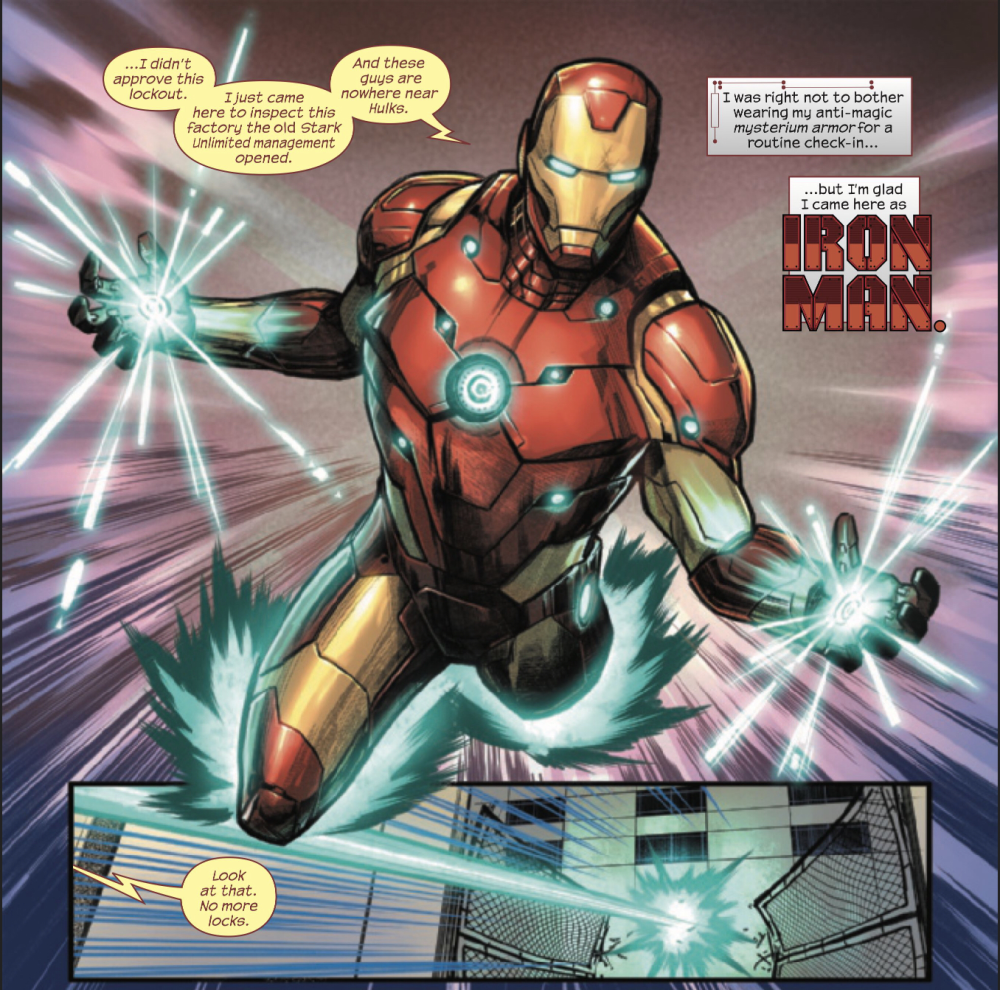 Iron Man #1 by Spencer Ackerman and Julius Ohta
Iron Man #1 by Spencer Ackerman and Julius OhtaIron Man as a property exists in a unique space where he is notable enough that his name recognition sells books and attracts interesting or marquee talent but he has not reached the status of corporate mascot like Spider-Man or Superman. This allows creators more freedom to put a stamp on the title and present a real vision and point of view. This is not to say that Ackerman and Ohta’s Iron Man is a radical book. It is not, at least not after one issue. But it is buffeted by a clarity of vision and intention that eludes Amazing Spider-Man. As a billionaire and an industrialist there is injustice inherent in his DNA. As a recovering addict he lives with the burden of the harm his past actions have caused.
Tony Stark must deal with the harsh realities of his family’s company forever being tied to weapons of death. After this issue, all those evils he has ever put the Stark name on risk being set loose without his influence, all in the pursuit of capital and power.
By positioning this first story arc as a war between two corporate entities, Ackerman and Ohta present a simple conflict between a benevolent company in Stark Unlimited and a corrupt one in Roxxon. The opposing poles are each represented by men in battle armor. But that simple narrative is complicated by the fact that Stark Unlimited has already been usurped by shareholders and board members who have recommited to manufacturing weapons of war even before Roxxon bids to take over Stark’s company. It does not matter that they are run by literal supervillains, the money is too good to pass up. Tony is forced out of his company and—to great physical cost—all of his Iron Man armor.
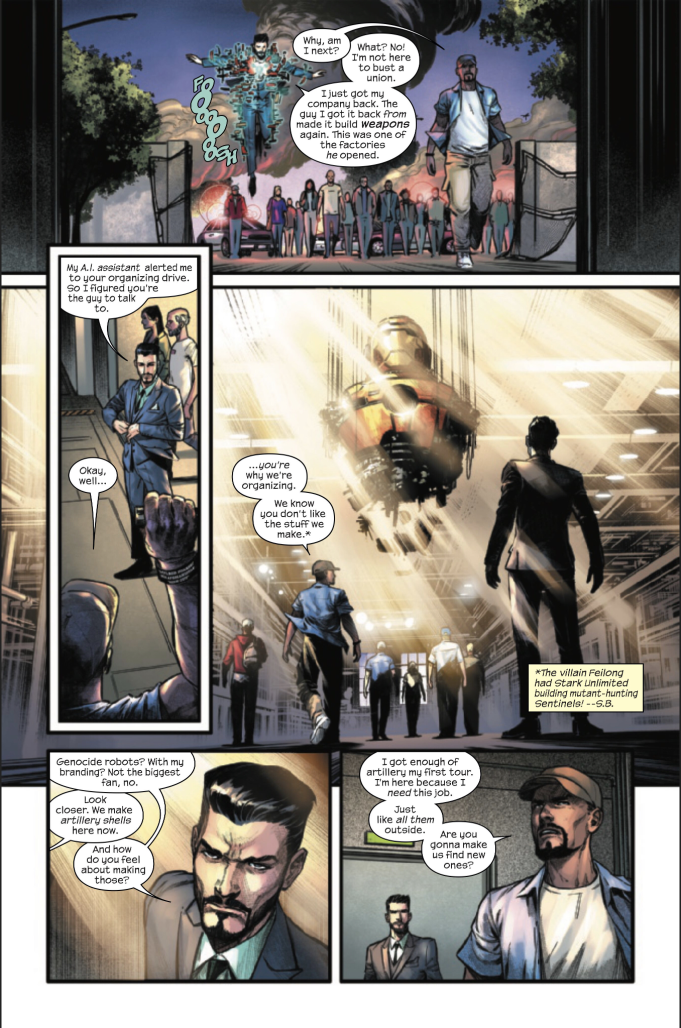 Iron Man #1 by Spencer Ackerman and Julius Ohta
Iron Man #1 by Spencer Ackerman and Julius OhtaThere are echoes here of many past stories, but this is no rehash of Armor Wars or Dark Reign. Instead, we see in this first issue an effective use of continuity to enrich the current story. There are casual references to past storylines (Christopher Cantwell’s tremendous run and its focus on Tony Starks human frailties are a clear inspiration for Ackerman’s Iron Man) but they are used to contextualize Tony’s character. Those past mistakes haunt him, and he is dragged into another cycle where his weapons are used against his will. If there is a familiarity to some of the broad strokes of this story, it is done intentionally to invoke the cycle of self destruction that can come with any addiction.
Julius Ohta’s art is excellent. There’s a little bit of that Marvel house style to the work, especially as embellished with Alex Sinclair’s colors. You can see the influence of Pepe Larraz or Stuart Immonen, with wide open panels and bursts of light that give the dramatic images an almost unearthly glow. I can’t deny the effectiveness of the spotlight technique, so this is no complaint. For all of this issue’s seriousness (the script is blessedly light on attempts to ape Robert Downey Jr’s quip per minute ratio), you can tell these creators are having a blast. They find excuses to throw in multiple Iron Man armors and use the primary language of superhero comics—face breaking action—to further the story. Like a well placed song in a musical enhances the emotion and drama or teaches us something about the character, the big brawls in this issue are not perfunctory. They are used to tell us about Tony Stark or his enemies in some way.
Ohta’s work goes for realism more than cartooning, and Sinclair’s color choices work to the same end. He renders the world and figures meticulously, adding depth and texture to the world. VC’s Joe Caramagna on letters does his usual solid and reliable work that Marvel readers have come to expect.
Iron Man #1 is a comic that taps into what makes Marvel Comics special. Complicated heroes dealing with complex issues that —in grand, superhero fashion— reflect the real world. In Iron Man #1, Ackerman and Ohta have presented a human and vulnerable Tony Stark pitted against the familiar, banal evils of our time, inhabited by larger than life Iron Mongers and Tiger Men. This is a fantastic debut issue that, if I could put my Starkbook money down on it, is about to produce two breakout creators.
Verdict: BUY. And if you’re a trade-waiter, go ahead and preorder it now.
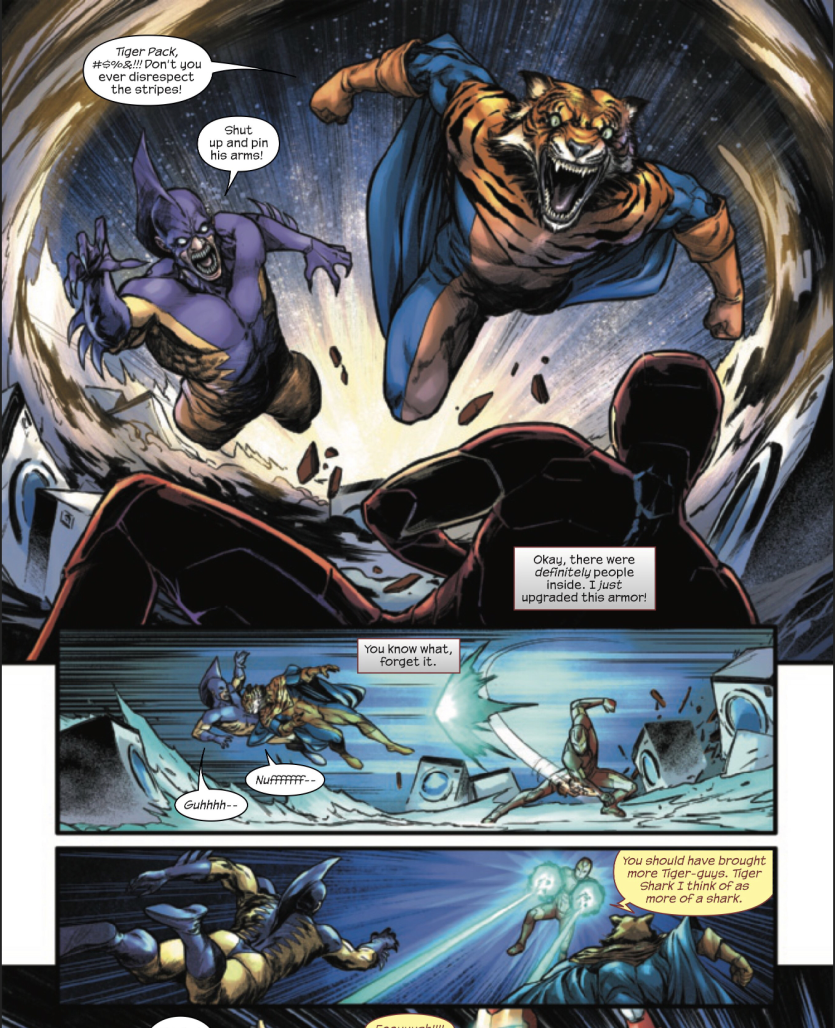 Iron Man #1 by Spencer Ackerman and Julius Ohta
Iron Man #1 by Spencer Ackerman and Julius OhtaRAPID RUNDOWN
- The Avengers #19
- This Jed MacKay/C.F. Villa Avengers run has seen a fair share of attention shifting from one artist’s run to another, which helps communicate the cyclical nature of 616 crises for the Earth’s mightiest heroes, but it can be exhausting and seemingly aimless when you look at the run as a whole– like it’s performing narrative cleanup duty for other Marvel stories to fill in the gaps, but never having time or space to do more than breeze on through. Bringing Farid Karami on for a stint that starts with Doom’s first Sorcerer Supreme appearance to the Avengers is fun, but MacKay’s structure here uses a fight with risen sand soldiers that does nothing but pad the issue with “action” when a tense standoff would’ve faired better. Similarly redundant, the issue spends 1/5th its page count making the same point six times in a row, so while this chapter might feel better in-trade, at $4 USD, this is bait for Buyer’s remorse. Beyond the same female body type permeating the Avengers’ skin-tight designs, and one flagrantly incorrect drawn leg, Karami brings an unimaginative standoff with nothing to say visually except that he can keep up with the design needs of an Avengers artist. Color artist Federico Blee makes great use of monochromatic hues to dictate the enemy characters throughout, though the mood is less threatening colorwise. This may be a decision by Blee to imply Doom’s world domination offer is being considered, but a more threatening aura that spells out the alt-right fascist world Doom dreams of would’ve aided the issue’s themes, tension, and read. VC’s Cory Petit puts up with the carousel of balloon aesthetics needed for The Avengers, but drops short at designing the Impossible City’s dialogue in a way that stands out in a conversation between white word balloons, especially when the Impossible City is naturally off-panel. This is filler, but the message is clear: Doom wants to take over the world. But you already knew that. — Beau Q.
- Spider-Boy #12
- Who is the audience for Spider-Boy? Is it for the Wednesday warriors? Hard to imagine that the aging ride or die Marvel readers are really that into a book where the lead is a 10 year old boy. Is this for kids? Well if it is, I can’t imagine a diversifying market trained to read graphic novels being into a book about the whitest, white boy ever coming out once a month. Writer Dan Slott and artists Paco Medina and Erick Arciniega, whose art admittedly is very kid friendly, created a superhero for a younger generation looking for heroes that really reflect their world. When there’s Miles Morales and Gwen Stacy, who needs another white kid with spider powers? Especially a character whose sole personality trait seems to be the superhero equivalent of theater kid look at me energy. And even twelve issues in, Slott still seems gun ho on making readers know how beloved Bailey Briggs. Yet this has all been done without actually endearing him to readers or giving him an adventure that actually establishes as a hero in his own right without some Marvel guest star showing up. The only interesting thing Slott does with this issue is invert the book’s previous premise. Initially no one remembered Spider-Boy because of Spider-Verse shenanigans. Now everyone remembers him but that also includes all of the bad guys he pissed off. It’s fun to see this kid face people with grudges but maybe have a character who readers new and old actually want to enjoy? – D. Morris
- X-Men #6
- Writer Jed Mackay is on a mission to give us the grittiest environment for the X-Men to rebound from with their Alaskan headquarters, the Factory. The world is against them, Cassandra Nova and her mysterious team are creating Mutants out of humans, and now a young Mutant is requesting sanctuary from her bigoted parent. So far the tone and general feel of the book is familiar with its high stakes post-Krakoa, and penciler Netho Diaz, and inker Sean Parsons keep that edge going with their textured and detailed linework, from Temper’s hair to the factory interiors, they but in work. This issue does what it needs to do, foreshadowing events, further expanding the landscape of this era, and keep moving the plot around while not neglecting the characters and their development, I was a big fan of War Captain Magik, she’s been my favorite character of the series so far. – GC3
Be sure to join next week, as Spider-Man’s creative team says farewell.


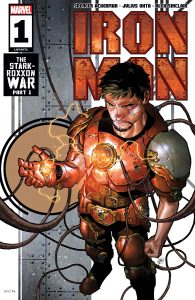 IRON MAN #1
IRON MAN #1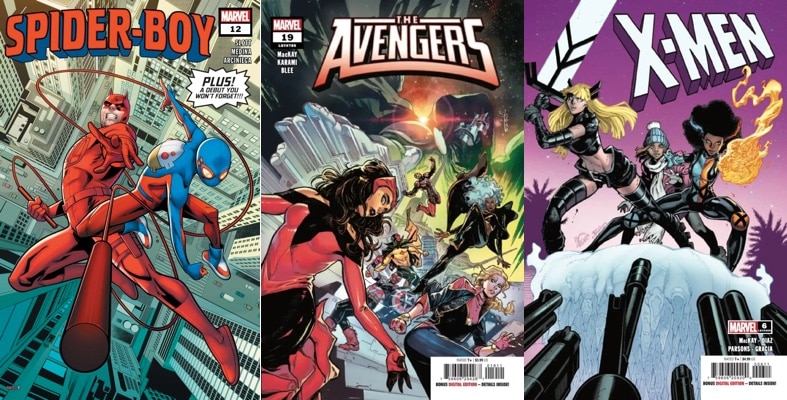


















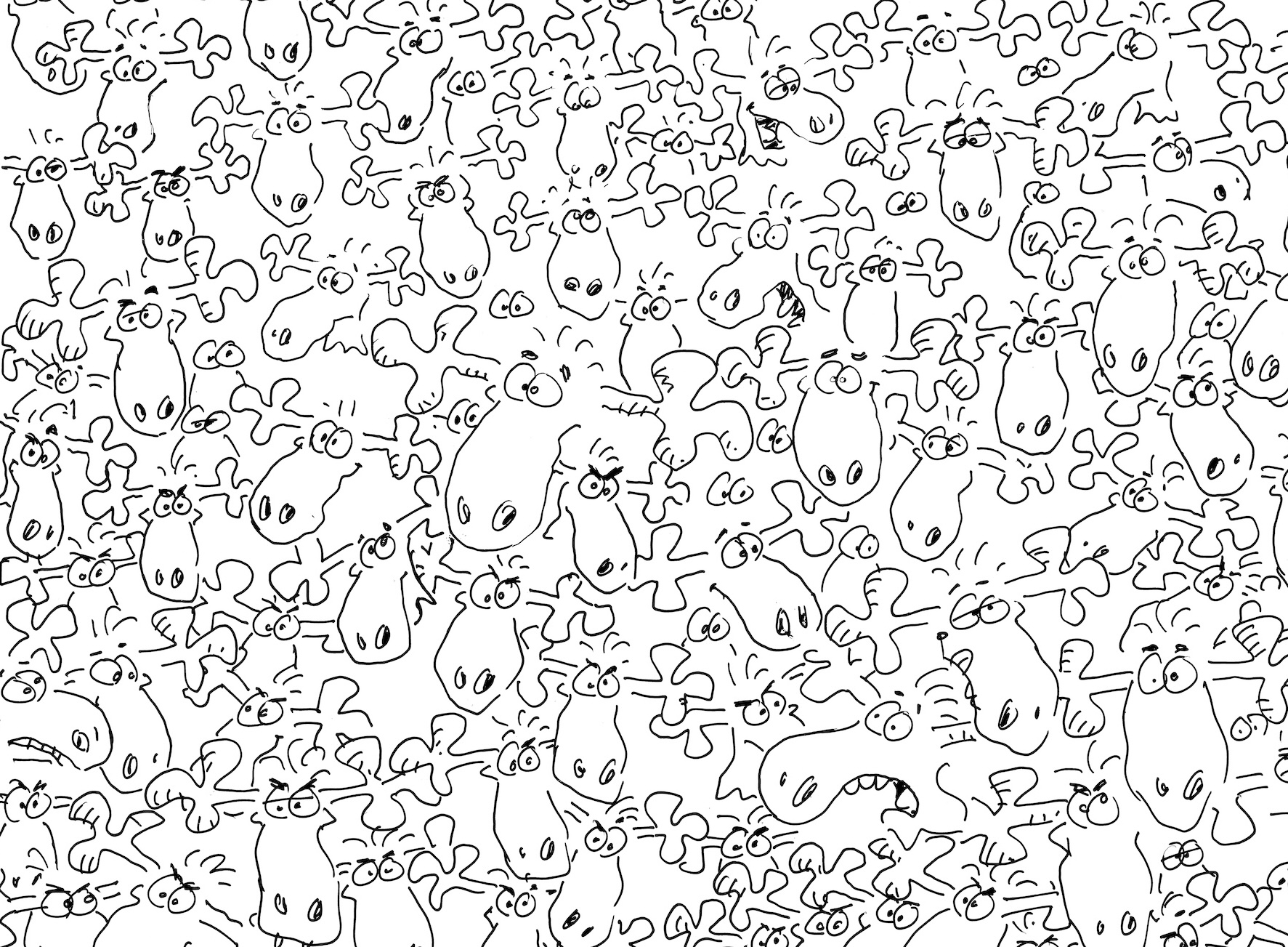
 English (US) ·
English (US) ·